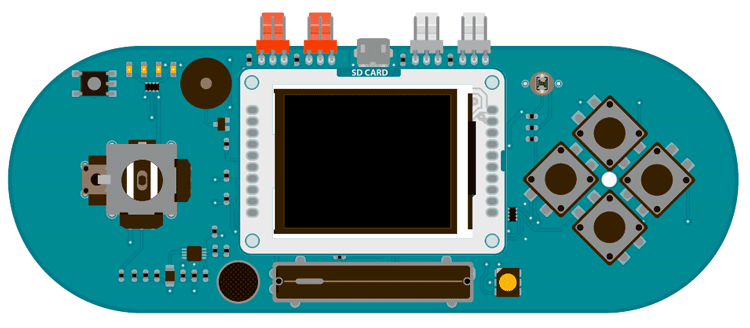
As feedback devices, resolvers can be used as alternatives to both incremental encoders and absolute encoders. With no onboard electronics, resolvers can survive extreme temperatures and tolerate shock and vibration, making resolvers suitable in applications where encoders would fail. Control systems in land based military vehicles.Speed and position feedback in steel and paper mills.Common applications of resolvers include: The simplicity of the resolver design makes them reliable in many harsh environment and extreme applications. Phase shift of the Output Voltage from the Input Voltage.Transformation Ratio of Output Voltage to the Input Voltage.There are 7 functional operating parameters which define the resolver operation. This ratio metric format provides an inherent noise reduction feature for any injected noise whose magnitude is approximately equivalent on both windings and also results in a large degree of temperature compensation. The rotor position or angle is simply the Arc tan of the voltage output of the Sine winding divided by the output of the Cosine winding. Electrical Zero (EZ) is defined as the position of the rotor with respect to the stator at which there is minimum voltage amplitude across the Sine winding and the maximum voltage amplitude across the Cosine winding when the input winding is excited with the rated voltage. The function of the resolver is to resolve a vector into its components (Sine and Cosine).
Servo drawing vector code generator#
The resolver is sometimes known as an Analog Trigonometric Function Generator or a Control Transmitter. The resolver amplitude modulates the VAC input in proportion to the Sine and the Cosine of the angle of mechanical rotation. Learn more about resolver speeds and accuracy hereĪ resolver outputs signal by energizing the input phase of the resolver with an AC voltage (VAC) to induce voltage into each of the output windings.

One set of windings in the rotor are normally shorted internally to improve the accuracy. These are called the Sine and Cosine windings. The two sets of windings are positioned in the laminations at 90 degrees to each other. The number of speeds available is limited by the size of the resolver. While a single speed provides absolute feedback and the multi-speed does not, the multi-speed does provide better accuracy. The windings for a single speed resolver create one complete Sine curve and Cosine curve in one mechanical revolution while the windings for a multi-speed resolver create multiple Sine and Cosine curves in one mechanical revolution. In either case, the winding distribution is in a sinusoidal pattern.

The windings are normally designed and distributed in the slotted lamination with either a constant pitch-variable turn or variable pitch-variable turn pattern. Both the rotor and the stator are manufactured with multi-slot laminations and two sets of windings. The resolver is a special type of rotary transformer that consists of a cylindrical rotor and stator.


 0 kommentar(er)
0 kommentar(er)
